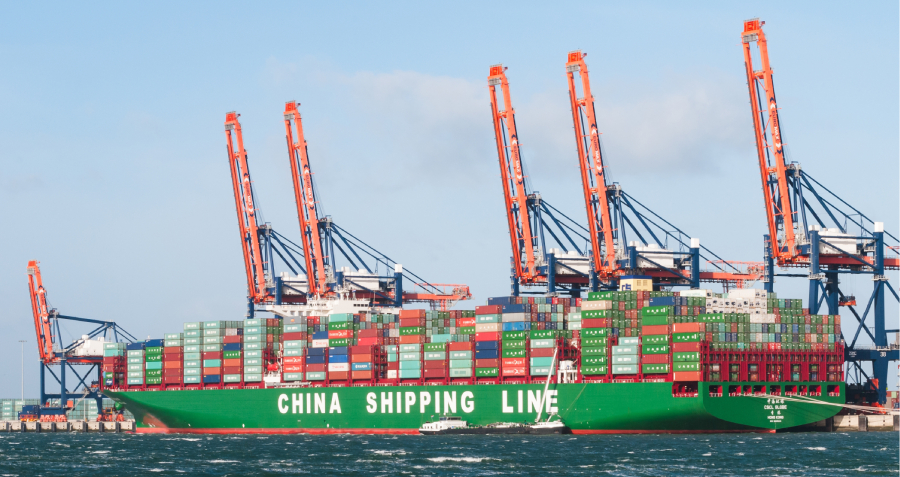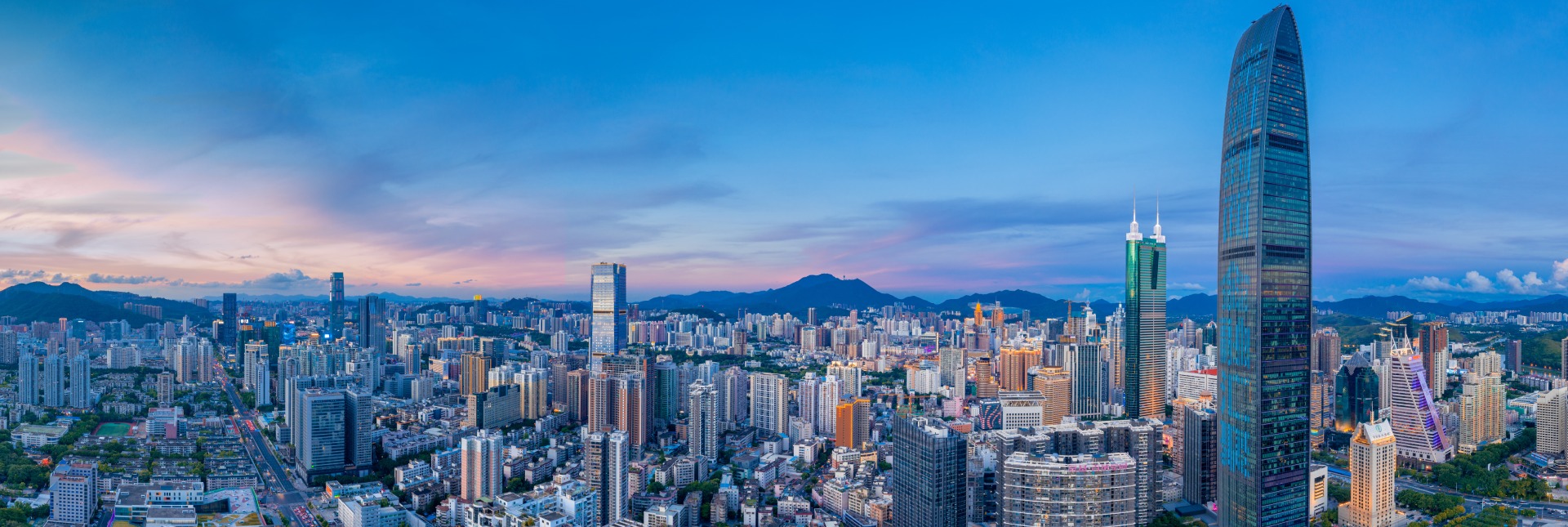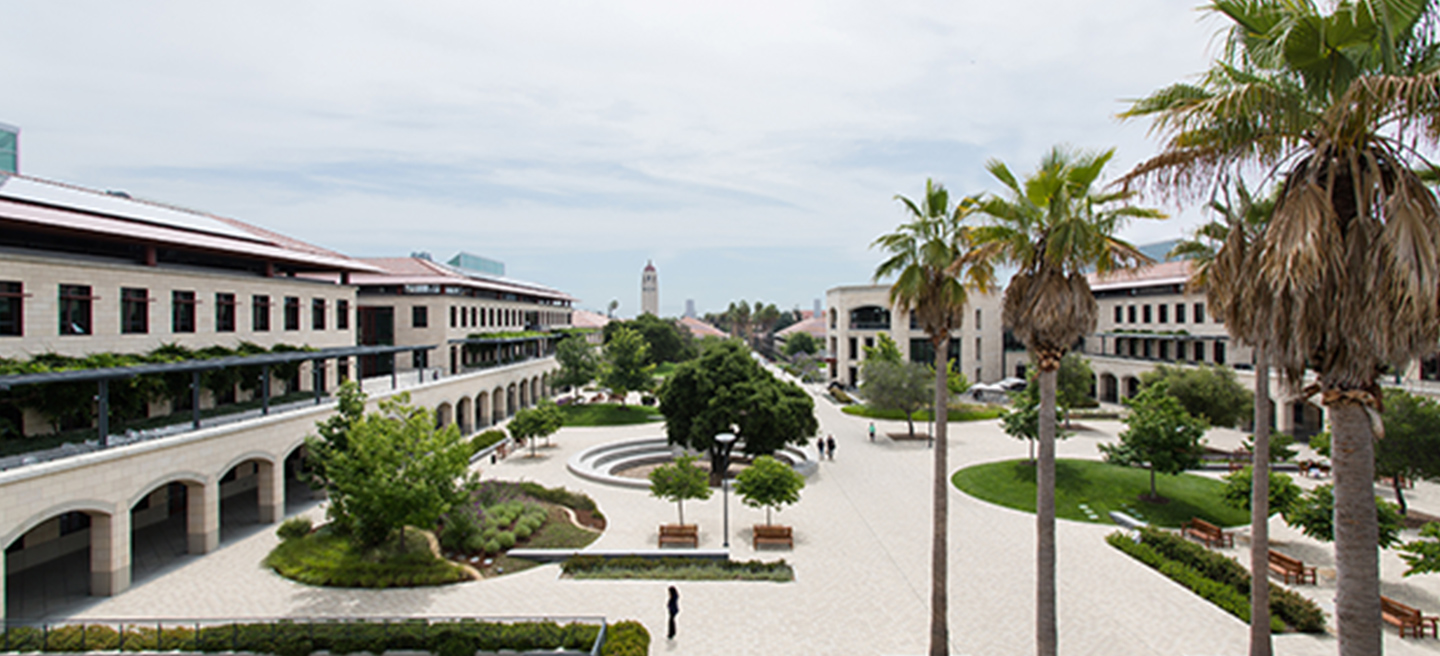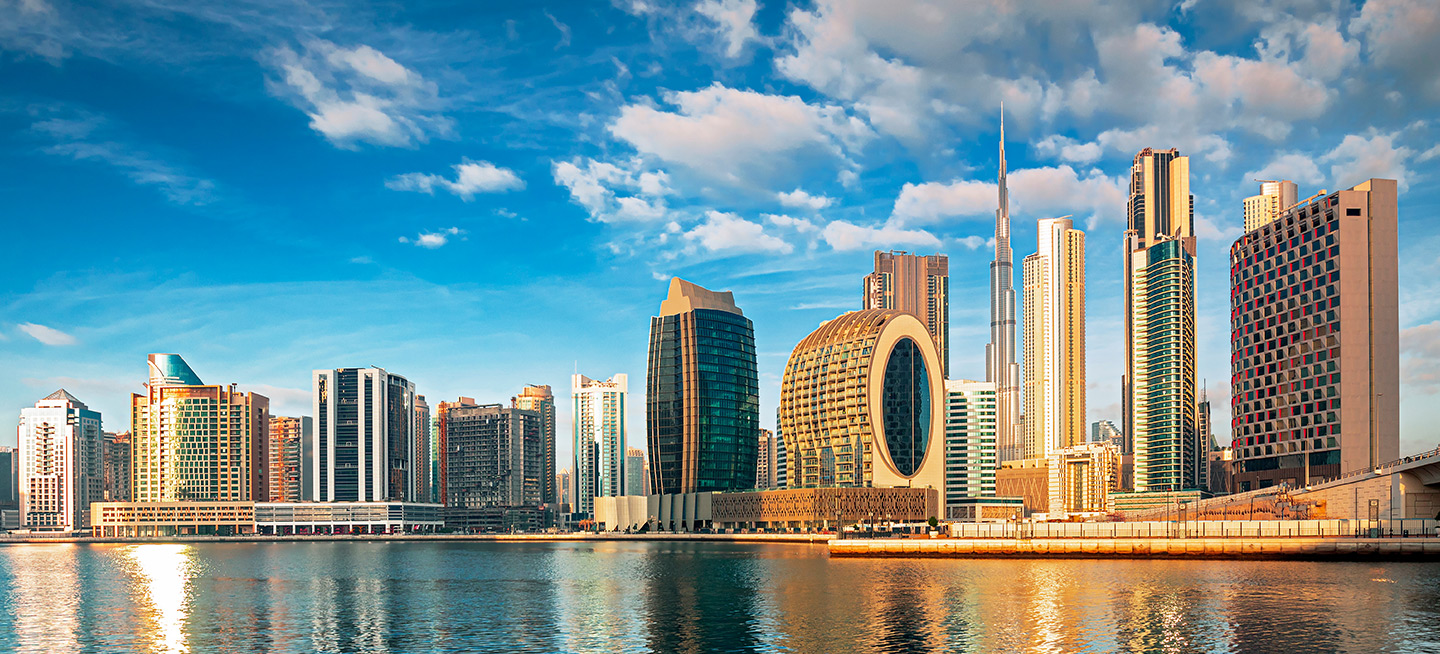Helping to cement its role as the world’s most important trading nation, the past few decades have seen China develop into the dominant global power in the shipping and logistics industry. In 2024 alone, the country’s largest state-owned shipbuilder built more commercial vessels by tonnage than have been built by the entirety of the US shipbuilding industry since World War II.
Alongside the production of the ships themselves, the integration of state-driven capital, industrial competitiveness and strategic port investments, are allowing China to shape global supply chains despite current geopolitical volatility and shifting trade alliances.
“China has taken on an increasing role in shipping and ports, and also in the wider logistics behind the industry, such as cranes, locomotives and equipment for scanning import containers,” says Peter de Langen, owner and principal consultant of Ports & Logistics Advisory and part-time professor at Copenhagen Business School. “The country has made quite a concerted effort to gain more degrees of influence over international supply chains.”
Shipping and logistics
China’s presence across every stage of the international supply chain is significant—from shipbuilding and port operation to inland logistics and digital freight platforms. The country conducts around 95% of its international trade through sea lanes, according to a Council on Foreign Relations report, and as a result, it has invested massively in related infrastructure. The Chinese mainland has 34 major trading ports, and by mid-2024, there were 129 total port projects outside of China that have some sort of Chinese investment.
The country has invested in ports in 16 of the top 20 countries or territories for shipping connectivity—a measure of a country or territory’s integration level into global liner shipping networks. And, according to the Center for Strategic and International Studies (CSIS), in 2023, around 27% of global container trade passed through terminals partly or wholly owned by Chinese or Hong Kong–based firms.
Much of China’s shipping dominance has been spearheaded by state-owned enterprises (SOEs), with COSCO Shipping Holdings and China Merchants Ports (CMP) and their numerous subsidiaries controlling 12.6% of global seaborne freight throughput—which accounts for 80% of all global trade. While these SOEs operate as separate companies in their day-to-day functions, they are controlled by the State-Owned Assets Supervision and Administration Commission (SASAC).
These SOEs operate on a model that fuses commercial efficiency with national strategy, which provides China with a huge advantage in building market share while securing geopolitical leverage.
“In terms of organizational culture, they are essentially run and operate as companies with a very commercial DNA,” says de Langen. “At the same time, it is clear that when geopolitical and commercial interests interplay, the SOEs’ choices are closer to the interests of China as a whole, and this sets them apart from global competitors. This means that they can be quite difficult to deal with for international firms as they have clear market capabilities but also not necessarily market-based strategic interests.”
There are some private enterprise names in China’s shipping and logistics sphere, including the currently embattled Hong Kong-based CK Hutchison, which has long invested in port holdings and other related fields, including, for now, the two Panama ports it is trying to sell. But the SOEs make up the lion’s share of China’s shipping dominance.
China’s port prowess
Owning ports is clearly important to maintaining influence in the sector, but China’s approach to how its ports are run is also a notable differentiator when compared to its competitors.
“China is always near the top in port efficiency rankings, which are made up of a number of metrics, including the time containers sit in the yard,” says Judah Levine, Head of Research at Freightos Group, an online freight shipping market place and platform. “One of the reasons for this is the development of manufacturing ecosystems around the ports, meaning that the containers never have to go very far. Compare this with, say, the LA ports where the containers will have to wait for trains or trucks to take them to other states to get used, and that time can really add up.”
Outside of China, the country’s port development model has proved attractive, especially to emerging economies: capital is supplied via state banks, infrastructure is built by Chinese SOEs and operations are often tied to China’s robust trade volumes.
“Countries like Peru, Panama and Bangladesh find these terms compelling, particularly given China’s capacity to deliver end-to-end solutions,” says de Langen. “However, as seen in Peru’s recent port partnership deliberations, there is growing awareness that such engagements require careful balancing to ensure national interests are protected.”
An oft-discussed example of the potential repercussions of Chinese investment is Hambantota Port in Sri Lanka, which critics labeled as a case of “debt-trap diplomacy,” arguing Sri Lanka was forced to lease the port to China Merchants Port Holdings for 99 years after struggling to repay Chinese loans.
The Hambantota Port case highlights the dilemma presented by the joint commercial and strategic nature of China’s SOEs. On one hand, China offers unmatched capabilities in infrastructure delivery and capital investment. But on the other, the geopolitical implications of its involvement in strategic infrastructure, such as ports, is now prompting governments to scrutinize partnerships with Chinese logistics firms more closely.
In the past, the identity of a port’s developer or operator was often viewed as economically neutral, but this perception is shifting. In today’s environment, where supply chains are increasingly seen as strategic assets, China’s port investments carry significant geopolitical weight.
The strategic nature of Chinese port investments is also evident in Europe, where entities have established soft power beyond what is typically expected from foreign operators. As China continues to deepen its maritime ties across continents, host nations are increasingly evaluating these relationships not just through the lens of commerce, but also sovereignty and security.
Digitalization of the industry
Chinese companies are also increasingly embedding AI and automation into logistics operations—from smart ports and autonomous cranes to real-time cargo tracking systems. The market-based capabilities of China’s entire freight logistics ecosystem—whether that be cranes, dredging, construction, ship operations etc.—are strong, and part of these capabilities is the inclusion and development of new technologies.
“Looking at the startup and success of Chinese tech-driven companies in the freight space you can see solid progress,” says de Langen. “If you have strong and well-established market capabilities, then adding more technology or AI just takes having the right talent, and China is doing well there, too.”
“Compared to the US context, where the smartest AI minds tend to gravitate towards finance or tech platforms, in China, it’s more likely that AI-trained talent would look to sectors like shipping and logistics. We’ve already seen it with cars,” he adds.
China leads globally in port automation, with 52 automated dry bulk and container terminals constructed and 27 more under development, the most globally. At the Port of Guangzhou, AI-powered cranes and driverless vehicles have streamlined cargo handling processes. Similarly, Tianjin Port utilizes 5G networks, AI and cloud-controlled autonomous vehicles to manage operations, reducing reliance on manual labor. Many Chinese ports have also adopted aspects of DeepSeek’s AI models to optimize container verification, customer service and equipment management.
“The main goal of automation in port logistics is to increase yard density [the measurement of how efficiently space is used],” says Levine. “You are more likely to see automation in Chinese ports, but those technologies that help make it happen are under scrutiny abroad for security reasons, and there is also labor pushback from unions in the US that are trying to keep their jobs.”
Building ships
While port infrastructure is important, movement of goods also requires ships, and China’s shipbuilding prowess has become increasingly pronounced. In 2023, the country produced more than half (51%) of the world’s merchant ships by gross tonnage (GT), according to UN Trade and Development (UNCTAD) data. The only other major producers were South Korea (28%) and Japan (15%), with all other countries producing 1% or less.
“It used to be the big three of South Korea, Japan and China,” says Levine. “But now China produces more than everyone else combined.”
Japan and South Korea have not given up on their ship production, but they are lagging behind. South Korea, for example, launched a public-private initiative in 2024, aiming to position the country as a global leader in shipbuilding technology. In 2025, government investment into the industry increased 40% from the previous year, but this only amounted to $178 million, a small fraction of the $123 billion that was put into newbuilding ship orders in China in 2024.
Once again, at the forefront of China’s shipbuilding are a slew of SOEs, including sister companies of both COSCO and China Merchants. These SOEs operate the major shipyards along China’s east coast, and also run research institutes focusing on new shipping technologies.
“China’s dominance is underpinned by a variety of upstream industries, in particular its steel production, and it makes it very hard for other countries to offer something similar,” says de Langen. “Also, looking at some of the more future-oriented development, China is a major player in the battery market and that is making inroads in short-sea and inland shipping, as well as ships suited to using future fuels.”
Digitalization has also become more common in shipbuilding. AI significantly reduces design timelines, and while not directly related to freight shipping, a Chinese military-funded research team employed AI to design a warship’s electrical layout in a single day—a task that traditionally takes nearly a year—demonstrating an over 300-fold increase in speed.
Collaborations between academia and industry are also driving innovation. Fudan University and Jiangnan Shipyard in Shanghai have established a joint laboratory focusing on intelligent ship technologies, aiming to cultivate talent and advance AI applications in ship design and manufacturing.
Slow shift to sustainability
Environmental concerns are another front on which the global shipping industry is transforming. China, as both a major shipbuilder and shipping nation, faces pressure to align with new regulatory requirements, such as the International Maritime Organization’s (IMO) decarbonization targets.
“Even though we were at a point of almost over-capacity in terms of ships after the pandemic, people are still building new ones, and the reason for that is environmental,” says Levine. “It’s not only about dealing with the introduction of regulations and requirements, but also about efficiency helps with profit and cleaner fuels can make more efficient ships.”
“Many carriers are also saying that there needs to be more of a regulatory push to help them along,” he adds.
Though the path toward green shipping is uneven, China is actively investing in clean fuel technologies and low-emission logistics systems. Its leadership in battery technology, for example, offers an edge in the development of short-range electric vessels. Still, achieving long-term sustainability will require coordination with international partners and a reevaluation of legacy infrastructure.
“Although the longer-term direction is clear, the path is going to be quite slow and it will probably lead to a reorganization of global supply chains,” says de Langen. “There is a real opportunity for different countries, such as Oman or Namibia, to put themselves on the map with future fuels, but that will require the right partnerships and capabilities. It is a whole new opportunity space and it will be interesting to see where and by whom it will be filled.”
Trade tensions and security
Ongoing geopolitical and trade tensions between the US and China are another key issues reshaping global shipping and manufacturing dynamics. In the short term, new US restrictions, such as port fees and proposed barriers for Chinese vessels, have led to uncertainty, with some companies pausing orders with Chinese shipbuilders. However, given China’s dominant role in shipbuilding and limited alternatives, most players have little choice but to continue with existing contracts for now.
For Chinese carriers, there may have to be an increasing reliance on alliance partners to maintain links to US ports. “It is going to become something of a game of which ship to sail where and from where, as well as who owns and operates the ship,” says Levine.
While China faces mounting challenges, trade routes and manufacturing strategies are going to be reassessed, but any rearrangement is unlikely to derail China’s long-term development goals. It does, however, highlight vulnerabilities in its short-term approach, and also points to a future of more regionalized trade, where countries prioritize domestic production and seek reliable partners aligned with their geopolitical interests—a process often referred to as “friendshoring.”
Full steam ahead
China’s global shipping strategy reflects a broader blueprint: leveraging industrial capacity, financial capital and technological innovation to secure long-term influence over global trade. As geopolitical uncertainty and environmental imperatives reshape global supply chains, China’s ability to adapt—both commercially and diplomatically—will determine its role in the maritime economy of the future.
“It will be about speed and who is on top of the transition,” says de Langen. “China’s response shows it is not backing down but instead recalibrating to build stronger ties with more like-minded trading partners—exposing potential gaps in the US approach.”
Looking forward, three key trends are likely to define China’s shipping strategy:
- Vertical Integration: Chinese shipping firms are not only operating vessels but increasingly owning terminals, establishing free trade zones, and investing in last-mile logistics. This end-to-end control lowers transaction costs and enhances supply chain resilience, though it also raises antitrust concerns in host countries.
- Strategic Scrutiny: As Chinese SOEs continue to expand abroad, governments are reevaluating how to treat these firms—not just as commercial entities, but as strategic actors. This evolving regulatory environment will influence future partnerships and access.
- Sustainable Reconfiguration: The shift toward green fuels and environmentally friendly shipping practices will gradually alter the geography of trade. Countries that align themselves with sustainable logistics, and partner with capable developers like China, could emerge as winners in the next era of global commerce.




















